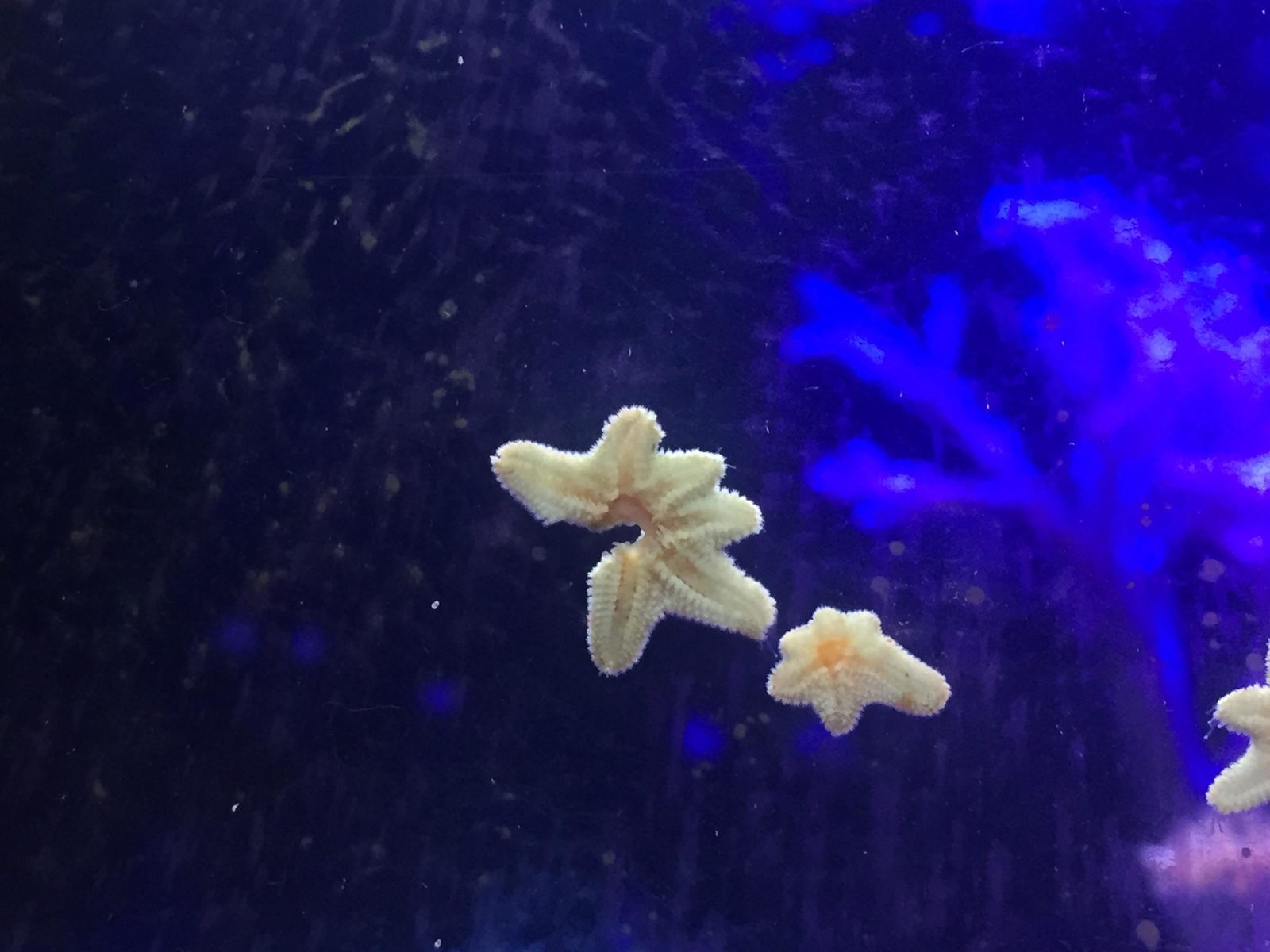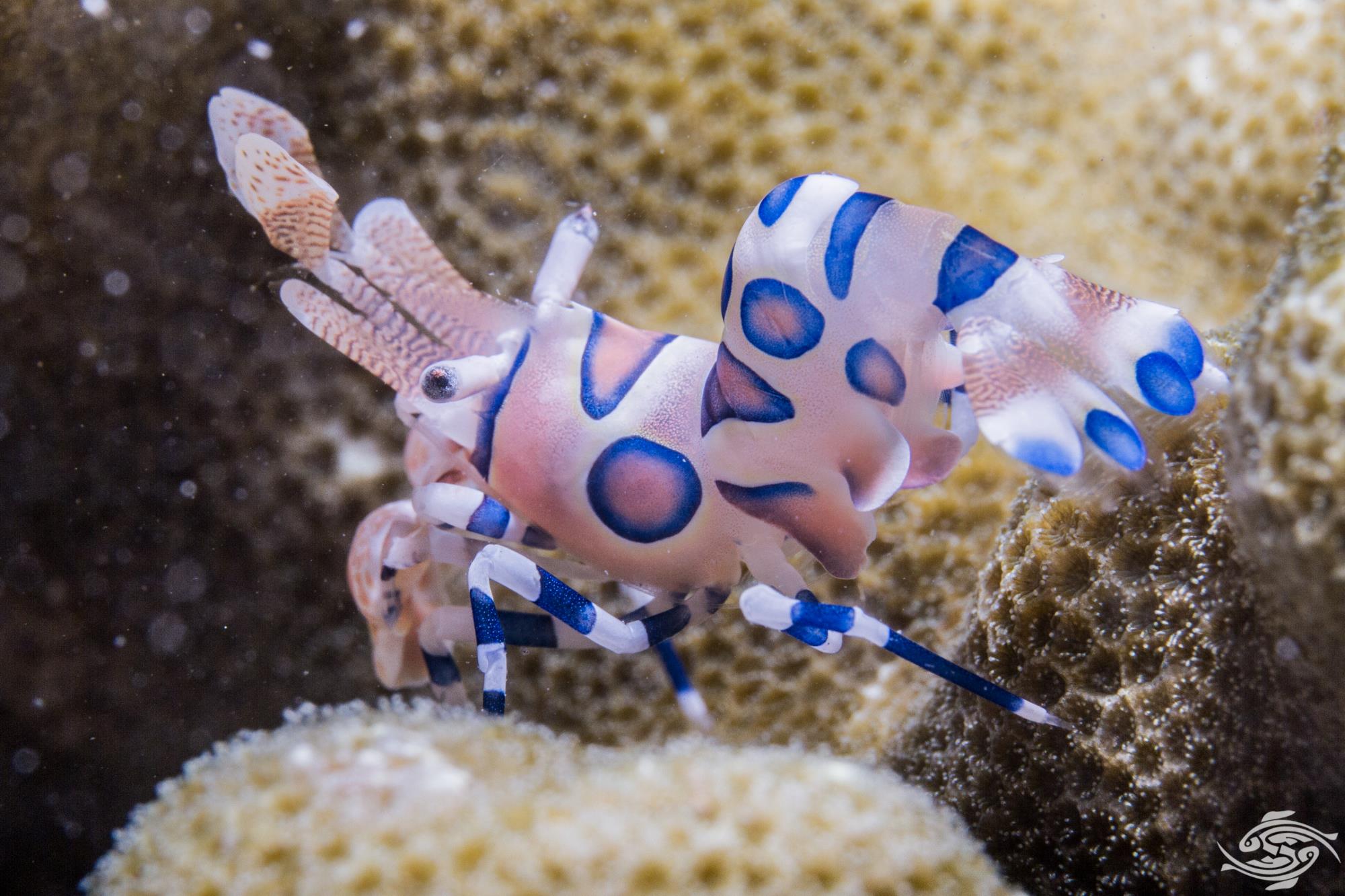Asterina starfish are one of the most common pests found in home reef tanks. They are often found as hitchhikers on live rock or on coral frags. There are somewhere in the area of 15 different species of Asterina starfish but they all share similar characteristics and will grow to a maximum size of about half an inch. The reproduce asexually by splitting and can multiply rapidly under favorale conditions.
 While some reefers view Asterina starfish as a harmless addition to a home aquarium, most hobbyists attempt some sort of removal when they are found. They multiply quite quickly and are known to consume corals and sometimes other invertebrates in the absence of other food sources. They can also be visually distracting in high numbers and distract from the overall visual appeal of the tank.
While some reefers view Asterina starfish as a harmless addition to a home aquarium, most hobbyists attempt some sort of removal when they are found. They multiply quite quickly and are known to consume corals and sometimes other invertebrates in the absence of other food sources. They can also be visually distracting in high numbers and distract from the overall visual appeal of the tank.
As is the case with many hitchhiker pests, prevention is the key. Dipping all new corals in a high quality coral dip before adding them to the display tank will help to prevent the introduction of Asterina starfish, as well as other pests. Since live rock can’t be dipped in the same manner, if reefers choose to use live rock, as opposed to dry rock, it is important to carefully inspect any new rock before adding it to the aquarium. However, since it can be very difficult to impossible to prevent pests from being introduced through live rock, many reefers choose to use dry rock instead.
 There are a few options for dealing with an Asterina starfish infestation. One is to use tweezers to remove as many starfish as possible. This may take some time and is best done when the lights are off and the starfish are most active. Harlequin shrimp are also effective in controlling starfish populations, including Asterina starfish. However, it should be noted that these beautiful shrimp eat only starfish, so once the Asterina population has been consumed they will need to be rehomed in order to prevent starvation.
There are a few options for dealing with an Asterina starfish infestation. One is to use tweezers to remove as many starfish as possible. This may take some time and is best done when the lights are off and the starfish are most active. Harlequin shrimp are also effective in controlling starfish populations, including Asterina starfish. However, it should be noted that these beautiful shrimp eat only starfish, so once the Asterina population has been consumed they will need to be rehomed in order to prevent starvation.
Asterina starfish are a very common reef tank pest and despite their best efforts many reefers will have to deal with them at some point. Fortunately, a combination of manual removal and predation by Harlequin shrimp are usually effective in controlling an outbreak.

